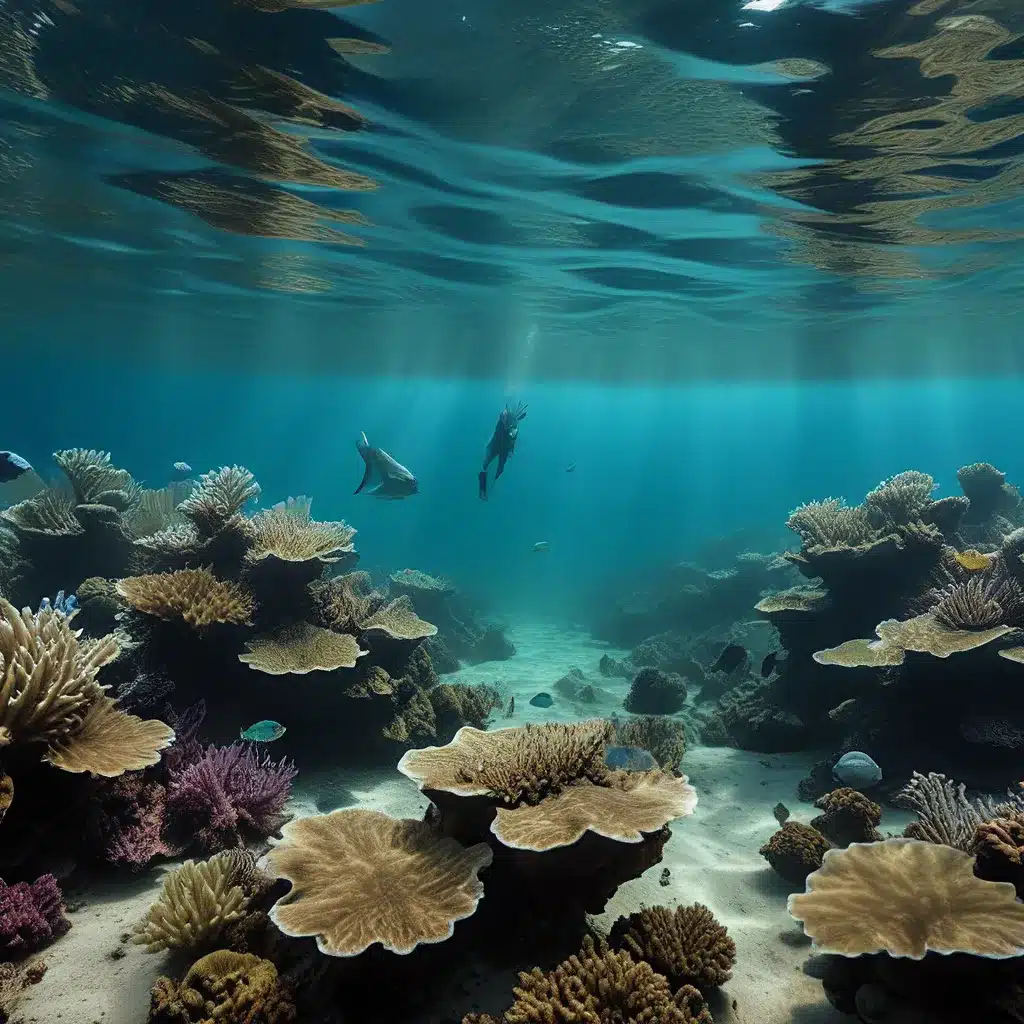
Captivating the Aquascape: Mastering the Art of Aquarium Design
Aquascaping, the art of creating visually stunning underwater landscapes, is a captivating aspect of the aquarium hobby. From lush, verdant plant arrangements to intricate rock formations, the aquascape serves as the foundation for a thriving aquatic ecosystem. By understanding the principles of aquascaping and the unique needs of aquatic plants, hobbyists can cultivate breathtaking aquariums that mimic natural environments.
One of the keys to successful aquascaping lies in plant selection. Choosing the right combination of plants, each with its own growth habits and lighting requirements, is crucial. Fast-growing plants, such as stem plants, can help establish an initial lush appearance, while slow-growing plants, like rosette plants, provide a more structured and balanced look. Incorporating a variety of textures, colors, and growth patterns creates visual depth and interest within the aquascape.
Proper water management is another essential component of aquascaping. Maintaining optimal water parameters, such as pH, temperature, and nutrient levels, ensures the long-term health and vibrancy of the plants. Regular water testing and partial water changes can help maintain water quality and prevent the buildup of harmful substances. Supplementing with aquarium fertilizers can also support plant growth and resilience.
Cultivating a Thriving Aquatic Community
Beyond the aesthetic appeal, aquascaping plays a crucial role in the overall health and well-being of the aquatic inhabitants. The carefully curated layout and plant selection can provide hiding spots, shelter, and diverse environments for fish, invertebrates, and other aquatic organisms to thrive.
When selecting fish species for an aquarium, it’s essential to consider their compatibility, behavioral traits, and space requirements. Grouping fish with similar social needs and water parameter preferences can create a harmonious community that showcases their natural behaviors. Providing ample swimming space and hiding spots can reduce stress and aggression among the inhabitants.
| Fish Species | Temperament | Water Conditions | Aquascape Preferences |
|---|---|---|---|
| Guppies | Peaceful, Schooling | pH: 6.8-7.8, Temp: 72-82°F | Densely planted, with midwater and surface coverage |
| Angelfish | Semi-Aggressive, Territorial | pH: 6.8-7.8, Temp: 75-86°F | Tall plants, rocks, and driftwood for hiding spots |
| Corydoras Catfish | Peaceful, Schooling | pH: 6.0-8.0, Temp: 72-82°F | Soft substrate, with hiding spots near the bottom |
By understanding the unique needs and behaviors of different fish species, aquarists can create an engaging and thriving aquatic community. Incorporating a diverse range of plants, structures, and water parameters can foster a harmonious ecosystem where all inhabitants can flourish.
Maintaining Water Quality: The Foundation of Aquarium Success
Alongside the aesthetic considerations, water quality is the foundation upon which a healthy and vibrant aquarium is built. Proper water management, including regular testing and maintenance, ensures the well-being of all aquatic inhabitants.
One of the primary factors in maintaining water quality is the nitrogen cycle, a crucial process that converts harmful ammonia and nitrites into less toxic nitrates. This cycle is driven by beneficial bacteria that establish themselves in the aquarium’s substrate, decorations, and filtration system. Monitoring and managing this cycle is essential for maintaining a stable and safe environment for the aquatic life.
Water testing is a crucial aspect of aquarium maintenance, allowing hobbyists to identify and address any water quality issues promptly. Parameters such as pH, temperature, ammonia, nitrites, and nitrates should be regularly checked and adjusted as needed to ensure optimal conditions for the aquatic inhabitants.
Proper filtration is another vital component of water management. Mechanical, biological, and chemical filtration work together to remove debris, break down waste, and maintain crystal-clear water. Investing in a high-quality filtration system that is appropriately sized for the aquarium volume can greatly improve water quality and the overall health of the aquatic community.
Embracing Sustainable Practices: The Path to Long-Term Aquarium Success
As the aquarium hobby continues to evolve, there is a growing emphasis on sustainable practices that minimize the environmental impact and promote the long-term success of aquatic ecosystems. This includes adopting eco-friendly aquascaping techniques, responsible fish selection, and water conservation strategies.
One sustainable approach to aquascaping involves the use of native or low-impact aquatic plants. These plants not only provide aesthetic appeal but also contribute to the overall health and balance of the aquatic system. Native plants are often better adapted to local water conditions and can thrive with minimal intervention, reducing the need for intensive management.
Additionally, responsible fish selection is crucial for maintaining a sustainable aquarium. Choosing fish species that are well-suited to the aquarium size and environment, and avoiding overstocking, can prevent overcrowding and related health issues. Prioritizing the acquisition of captive-bred fish over wild-caught specimens helps to reduce the strain on natural populations.
Water conservation is another important aspect of sustainable aquarium practices. Techniques such as partial water changes, the use of aquarium-safe household products, and the proper disposal of waste can minimize the ecological impact of the aquarium hobby. Incorporating these sustainable practices not only benefits the aquatic life but also contributes to the long-term viability of the hobby itself.
By embracing these sustainable approaches, aquarists can create thriving aquatic environments that are not only visually stunning but also ecologically responsible. This holistic approach to aquarium management ensures the long-term success and enjoyment of the hobby for generations to come.
Explore the diverse world of aquarium keeping and discover the captivating art of aquascaping at King Aquarium, your go-to destination for all your aquarium needs.

